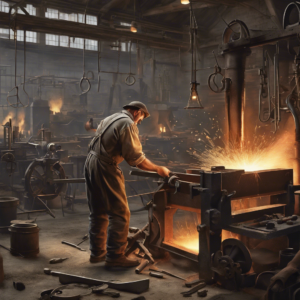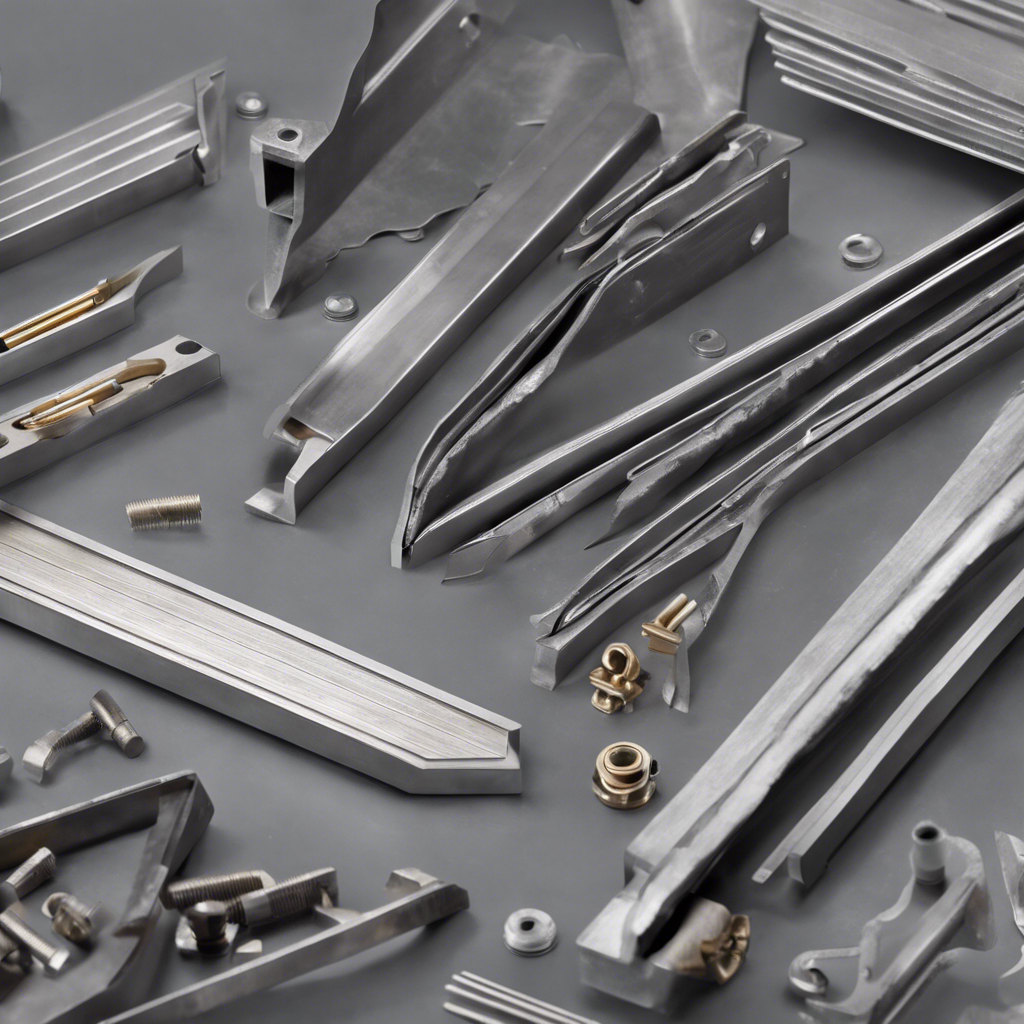From the caverns of history to the cutting-edge of manufacturing, Plegadoras have etched their indelible marks on the metals we shape and the structures we admire. If you’re part of the dynamic world of metalworking, the following is not a mere page-turner in precision engineering but an indispensable resource that will hone your craft and ignite your creativity.
Understanding Plegadoras
A plegadora, or press brake, is a pivotal tool in metalworking that specializes in bending and folding sheet metal. The machine uses a downward force on the sheet metal, placing it between a punch and a die. The metal is then bent to the desired angle via synchronized movement at the bending point. It’s a subtle ballet of pressure and precision, transforming flat metal into dimensional pieces crucial to architecture, automotive, and a myriad of other industries.
The Evolution in Metalworking
Emerging long before today’s advanced machinery, early plegadoras were simple yet effective. Wooden and stone tools were often the mediums through which primitive metals were first bent. The plegadora has seen a profound evolution, with industrial revolution mechanisms leapfrogging its capabilities forward into the powerhouse it is today.
Modern plegadoras have shifted from mechanical to hydraulically powered systems, offering greater control and bending force. The move towards computer numerical control (CNC) has been a game-changer, precision and repeatability at its core, turning craft into a science.
Plegadoras Across Industries
The versatility of plegadoras is such that they are indispensable across various sectors. The precision they offer has them shaping components in the aerospace industry, the intricacies of medical equipment, and the infallible doors of an electrical cabinet. Imagine the finesse required in jewelry, the power articulated in a tractor, and the details on the chassis of a luxury car; the humble plegadora is omnipresent in all these facets of fabrication.
Choosing the Right Plegadora
Selecting a plegadora for your operation is more than picking a machine off a shelf. It requires an understanding of the types of metal you are working with, the volume of your output, and the complexity of your bends. The thickness and type of metal you’re bending will determine the required tonnage — a crucial consideration. Hydraulic or mechanical? That depends on the level of precision your work demands. And what about the back gauge system? Pneumatic, manual, CNC? There are considerations galore, and getting it right is a blend of science and art.
Operating and Maintaining Your Plegadora
Proper operation and maintenance are critical to the performance of any machine, and plegadoras are no different. Regular lubrication, adjustment of wear parts, and keeping a keen eye on your machine’s tonnage are must-dos.
Training your operators to understand the subtleties of the plegadora is paramount. They must know how to program the machine for various bends, understand safety protocols, and be adept at diagnosing and troubleshooting issues. Routine checks on alignments and measuring and adjusting the deflection of tools are part of the daily routine for an efficiently run metalworking shop.
Case Studies in Manufacturing
The proof is in the punch — or rather, bend. There are countless examples of manufacturers revolutionizing their processes with plegadoras. Take, for instance, a story of a company in the renewable energy sector that drastically reduced production lead times and improved the precision of their wind turbine parts by employing a CNC plegadora. Another manufacturer crafted a competitive edge by utilizing a plegadora that aligned with their lean manufacturing principles, resulting in significant time and cost savings.
Future Technological Advancements
The future of plegadoras is an enthralling prospect. With Industry 4.0 looming on the horizon, smart technology is set to integrate even deeper into bending processes. We talk about self-regulating machines, predictive maintenance based on real-time data, and an industry moving beyond automation into a realm where the plegadora’s communication with other manufacturing elements is seamless.
The Crucial Role of Plegadoras in Metal Fabrication
The importance of plegadoras in the realm of metalworking cannot be overstated. From bolstering the structural strength and aesthetic appeal of our architectural marvels to the intricacies of our technologically advanced gadgets, plegadoras are silent heroes. They bridge the gap between design and reality, engineer and artisan, and have played a part in every metal invention we have marveled at throughout history.
Conclusion
Whether you refer to it as a plegadora or a press brake, this piece of equipment encapsulates the merging of human ingenuity with technological advancement — a legacy of craft embedded deep within the DNA of modern engineering. For metalworkers, manufacturers, and engineers, understanding, selecting, and maximizing the potential of a plegadora is not just about bending metal; it is about bending the arc of your production towards perfection. It is the craftsman becoming the artist and the machine an extension of thought and creativity. The plegadora stands as a testament that, behind every folded metal, there lies a story of human triumph over the inert, and a machine that was more than just a machine — it was a partner in the bend of time, cost, and quality.

